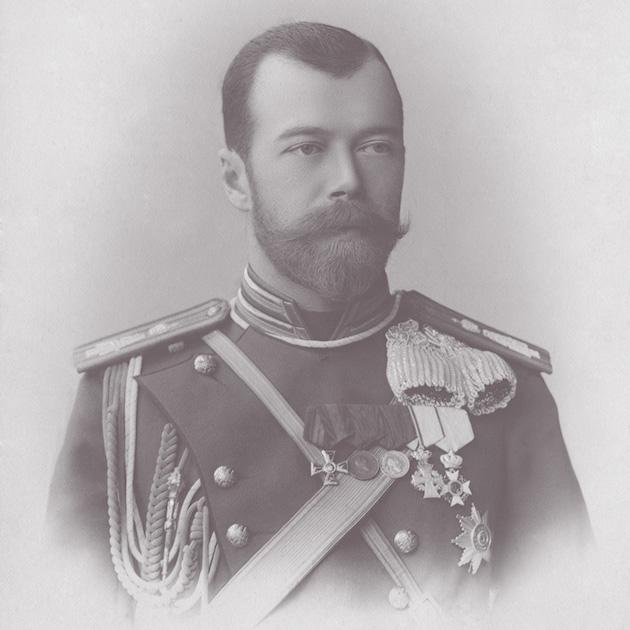
Accession to the throne of Nicholas II
Николай II
Ок. 1894

The affair of Alfred Dreyfus
Альфред Дрейфус в тюрьме
Первая полоса газеты Le Petit Journal
Выпуск 20 августа1895
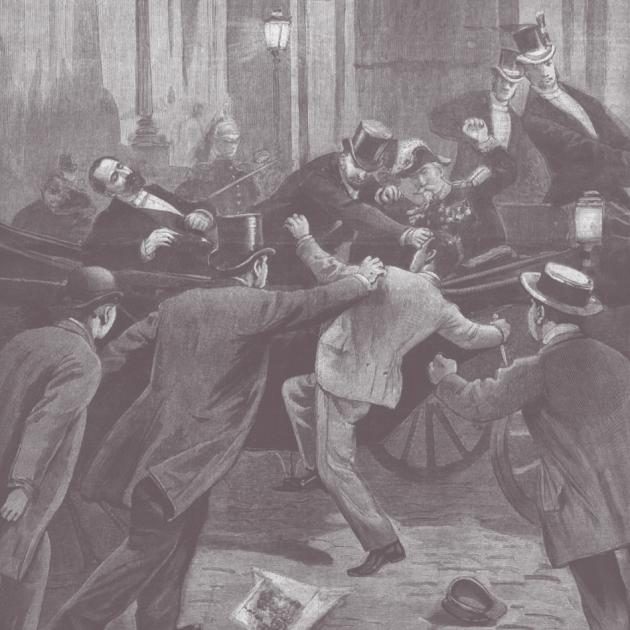
In the wake of the assassination of the French President, Marie François Sadi Carnot, a new law bans anarchist organisations.
Убийство президента Карно
Первая полоса газеты Le Petit Journal
Выпуск 2 июля 1894
After the establishment of French Guinea in 1891, France adds Dahomey in Western Africa to its colonial possessions.
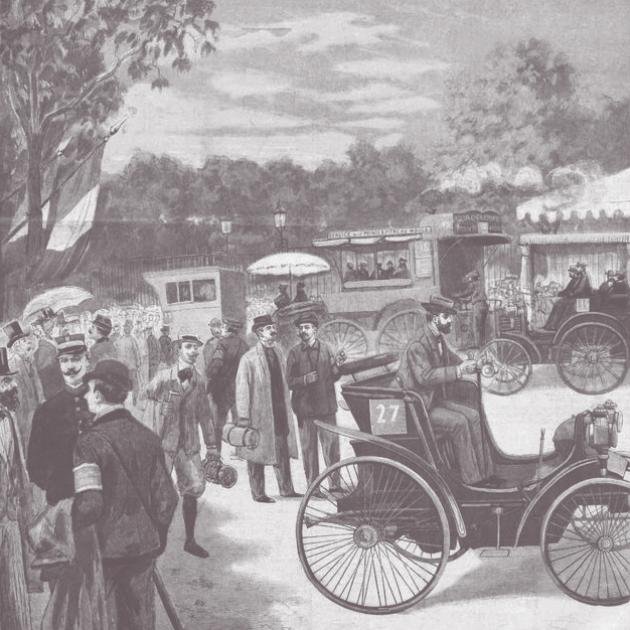
The word’s first motor race is held between Paris and Rouen.
Иллюстрация, посвященная автогонке Париж-Руан
Первая полоса газеты Le Petit Journal
Выпуск 6 августа 1894
Consolidation of the Merchant-industrialist Class in Russia
A characteristic feature of the new age was the growing consolidation of the wealthy middle class, composed of merchants, industrialists and businessmen. This class was increasingly independent, living a life very detached from that of the nobility. Despite the close links between financial capital and state, the former could have little influence on government decisions since the Tsar, backed up by an aristocratic bureaucracy, had no intention of ceding any privileges. Acquaintance with the way things were done in Western Europe suggested a number of legal and acceptable ways of asserting social and political position, such as through the existence of professional organisations. One of the most notable of these was the Imperial Free Economic Society. The autocratic ruling powers nonetheless kept an eagle eye on such bodies and Ivan Goremykin, Minister of Internal Affairs, reported to Nicholas II that the Free Economic Society ‘is becoming the arena for a battle of political passions, the majority of the speakers taking a marked anti-government line’.
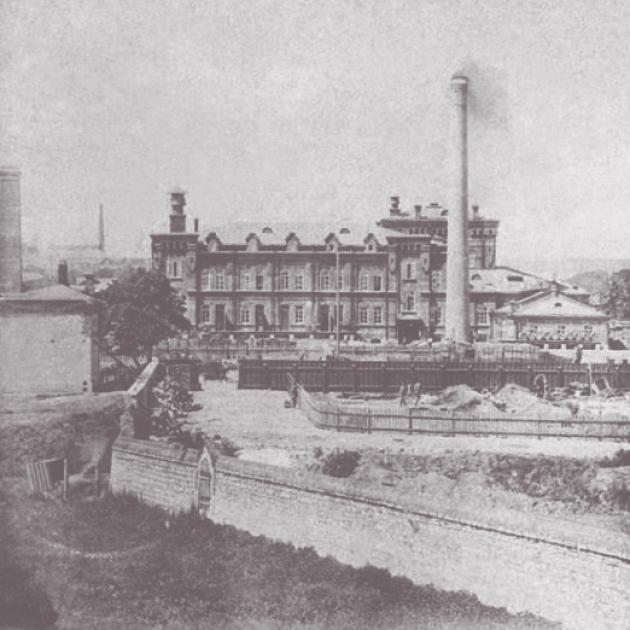
Russia’s State Monopoly on Alcohol
Елецкий казенный винный склад №2
Г. Елец
Конец XIX века
Revival of the Russian Zemstvo
One aspect of the new reign was a revival of activity among the local government institutions known as the zemstvo. Fearful of widespread political ferment, the ruling powers had a particular interest in persuading the populace to concentrate on local questions, dealt with by the zemstvo. In a speech to representatives of the nobility, zemstvo and cities that he made in January the following year, Nicholas II declared: ‘I know that in recent times there have been speakers at certain zemstvo gatherings who are much preoccupied with pointless dreams of zemstvo representatives taking part in the government of the country. Everyone should be aware that I, dedicating all my energies to the common weal, shall protect the foundations of autocratic rule as firmly and unbendingly as they were protected by my late but unforgettable parent.’

Valery Bryusov’s Russian Symbolists
Валерий Брюсов
1899
The First Congress of Russian Artists
In April 1894 the First Congress of Russian Artists and Art Lovers, organised to mark the Tretyakov brothers’ gift of their gallery to the city of Moscow, was held in Moscow’s Historical Museum. Amongst those taking part was Sergey Shchukin, head of the trading company I. V. Shchukin and Sons and owner of works by Ivan Pokhitonov, Rufin Sudkovsky, Vasily Surikov and Leonid Pasternak. Eventually, however, Shchukin’s collection was to include no works by Russian artists.
Journey to the North by Valentin Serov and Konstantin Korovin
At the request of the Moscow patron Savva Mamontov, the artists Konstantin Korovin and Valentin Serov undertook a long journey through the Russian North (Yaroslavl, Vologda, Arkhangelsk), along the rivers Northern Dvina, Pechenga and Sukhona, then via the White and Norwegian Seas to Hammerfest in Norway. Their ostensible purpose was to seek material that could serve as the basis for the decoration of the Far North Pavilion at the Nizhny Novgorod Art and Industrial Exhibition organised by Sergey Witte.
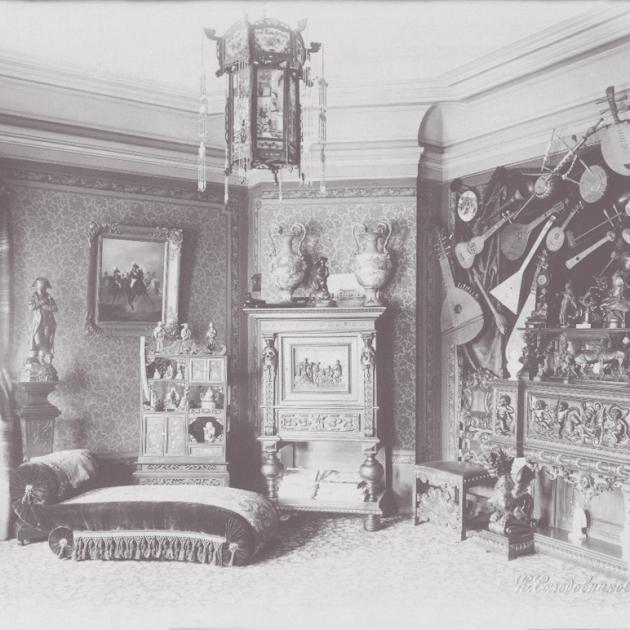
Alexey Bakhrushin, a merchant and patron of the arts, opened a theatrical museum in Moscow: today it bears his name.
Коллекция музыкальных инструментов в Театральном музее им. А. А. Бахрушина
© Театральный музей им. А. А. Бахрушина
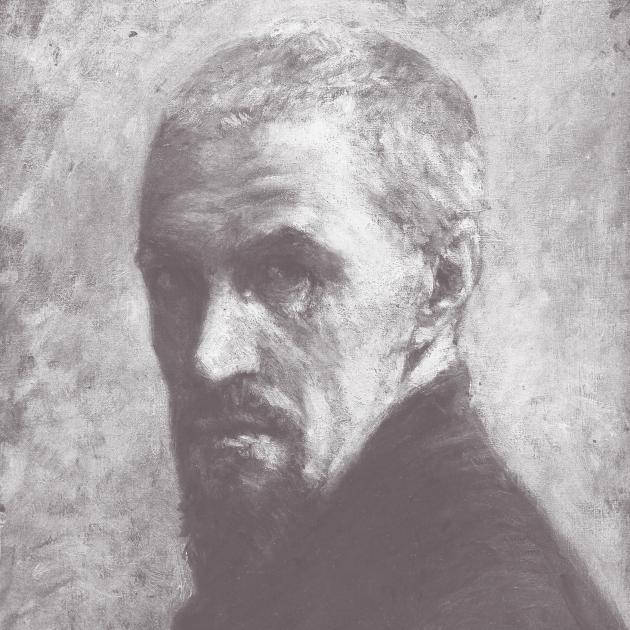
Death of Gustave Caillebotte
Гюстав Кайботт
Портрет художника (Автопортрет) (фрагмент)
1889
Холст, масло. 40,5 х 32,5
Музей Орсэ, Париж
Gustave Caillebotte, one of the most important members of the Impressionist movement, had assembled an important collection of paintings by his friends and comrades. On his death he bequeathed it to the French nation.
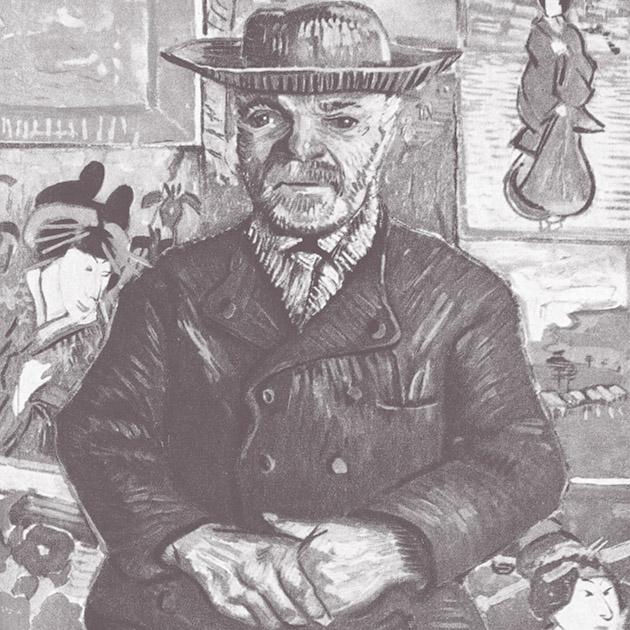
Death of Julien-François Tanguy (le père Tanguy)
Винсент Ван Гог
Портрет папаши Танги
Зима 1887-1888
Холст, масло. 65 х 51
Частная коллекция
Julien-François Tanguy, a modest art dealer, supported avant-garde artists as far as his means allowed, thereby earning himself the nickname ‘father Tanguy’ (le père Tanguy). He dealt in works by Paul Cézanne and Vincent van Gogh, amongst others, and when he died a number of his paintings were acquired by Ambroise Vollard.
Ambroise Vollard purchases Paintings by Vincent van Gogh
In 1894 and 1895 Ambroise Vollard purchased several paintings by Vincent van Gogh at risibly low prices from Joseph-Michel Ginoux, owner of the station café in Arles (it appears at the centre of van Gogh’s Night Café). He paid just 110 francs for three paintings, a ‘Nourrice et son bébé’ [Nanny and her Child], Self-portrait and Memories of the Garden at Etten – a mere 36 francs for each picture! Yet Vollard was in no hurry to make the purchase, causing considerable worry to both Ginoux – who had appropriated the pictures when van Gogh was sent to the asylum at Saint-Rémy – and the pushy intermediary, the local journalist Laget.